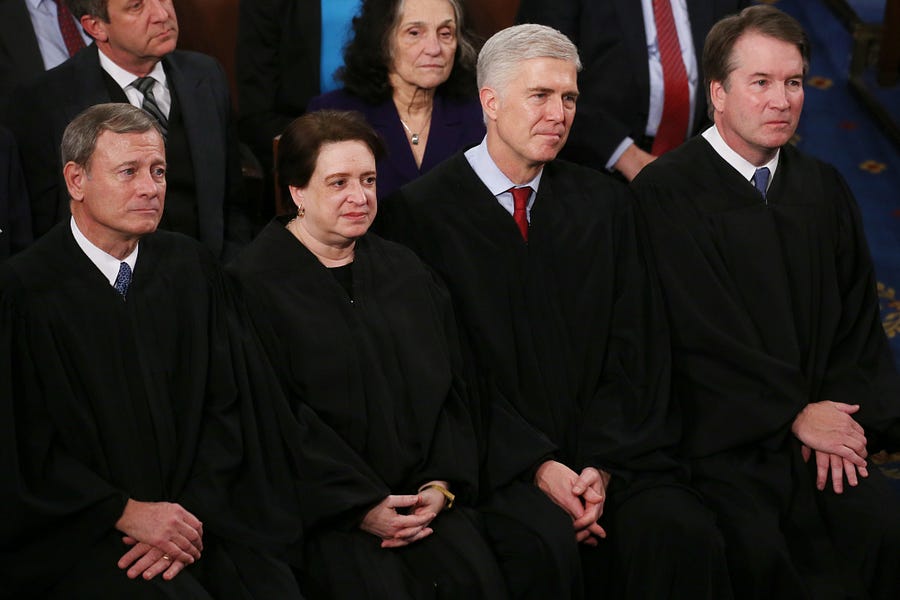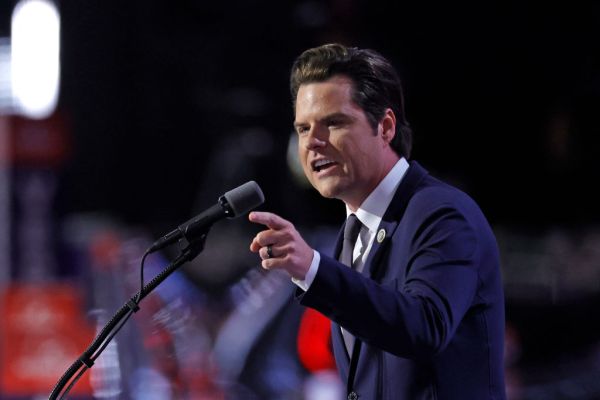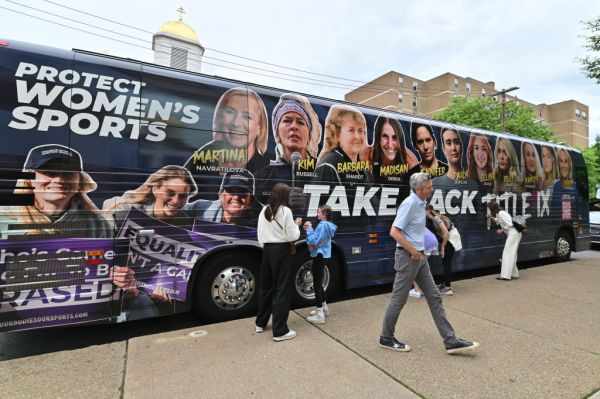The left and right might not agree on much today, but one area of agreement is that many of our national institutions need reform. Congress and the presidency need to be steered back toward being responsible policymakers as the Founders intended. The national media have lost credibility among Americans and could benefit from self-reflection and reconnection with their audiences. The federal bureaucracy has metastasized to a degree that the Supreme Court is now considering how to rein it in.
The Supreme Court has not escaped calls for reforms. Politicians and pundits frustrated with the court and with the nomination process have proposed reforms such as increasing the size of the court (to “pack” it) and imposing term limits on justices.
While there have been some nationwide polls on these questions, what do those who would litigate cases at a “reformed” court think?
We surveyed members of the Supreme Court bar to determine their views on such reforms. Between November 1, 2019, and November 17, 2019, we sent emails to 289 attorneys who had presented at least one oral argument at the Supreme Court over the past 10 years. We asked them to answer eight questions about the court and proposed reforms. We received full survey responses from 77 of the 289 respondents, which amounts to a 27 percent response rate, well within accepted values for survey research. Responses came from attorneys in private practice, professors in law schools, and federal public defenders. (We were unable to secure answers from current attorneys in the solicitor general’s office.) Taken together, these responses reveal an interesting view from the Supreme Court bar.
The Supreme Court bar strongly opposes efforts to pack the court.
Since Senator Mitch McConnell refused to hold hearings on the nomination of Judge Merrick Garland in 2016, some on the left have argued that if the Democrats win the presidency and Senate in 2020 (and keep the House), they should increase the size of the Supreme Court to offset President Trump’s appointments. For example, Pete Buttigieg stated: “we definitely need to do structural reform on the Supreme Court. Adding justices can be part of the solution.” One special interest group plans to spend $2 million to make court packing a major issue in the 2020 election.
While court packing may have support among the most woke on the left, our data reveals that it lacks support among the Supreme Court bar. We asked respondents: “Some people have called for modifying the size of the Supreme Court from its current number of nine justices to eleven. What do you think about changing the Court’s size? Should it be increased, kept the same, or decreased?”
The results were astonishingly clear. Only 3.9 percent of respondents supported decreasing the size of the court to seven justices. Fully 80.5 percent supported keeping its size at nine. A meager 9.1 percent supported increasing it to 11 justices, and a paltry 6.5 percent supported increasing it to 15 justices.
Since 1869, the Supreme Court has been fixed at nine justices. The bar wants it to remain that way.
The Supreme Court bar is open to term limits for justices.
While the bar strongly opposes packing the court, its members are open to imposing term limits on justices. We asked respondents: “Commentators and legal scholars have recently proposed 18-year fixed term limits for new Supreme Court justices. Under this policy, every two years, a justice would leave the court and a new one would then be appointed. What are your thoughts on a term limit for justices?” We gave respondents a menu of possible options.
Among our respondents, 44.7 percent opposed adding any form of term limits. A majority remained open to term limits, but with varied opinions as to how long those terms should be: More specifically, 6.6 percent supported 10-12 year term limits, 4 percent supported 13-15 year term limits, 32.9 percent supported 16-18 year term limits, and 11.8 percent supported 19-20 year term limits.
Perhaps members of the bar believe, as many do, that regular turnover on the court would diffuse much of the partisan tension that exists around nominations today. A regular pressure release might diminish the importance of each individual vacancy, with the knowledge that another one will come in two years.
The Supreme Court bar has definite opinions over some of these proposed policy reforms. It remains to be seen whether policymakers and their partisans listen to them.
Ryan J. Owens, J.D., Ph.D., is the George C. and Carmella P. Edwards professor of American politics at the University of Wisconsin-Madison and the director of the Tommy G. Thompson Center on Public Leadership. Ryan C. Black is a professor of political science at Michigan State University.
Photograph of U.S. Supreme Court justices John Roberts, Elena Kagan, Neil Gorsuch, and Brett Kavanaugh at the State of the Union address on February 4, 2020, by Mario Tama/Getty Images.





Please note that we at The Dispatch hold ourselves, our work, and our commenters to a higher standard than other places on the internet. We welcome comments that foster genuine debate or discussion—including comments critical of us or our work—but responses that include ad hominem attacks on fellow Dispatch members or are intended to stoke fear and anger may be moderated.
You are currently using a limited time guest pass and do not have access to commenting. Consider subscribing to join the conversation.
With your membership, you only have the ability to comment on The Morning Dispatch articles. Consider upgrading to join the conversation everywhere.